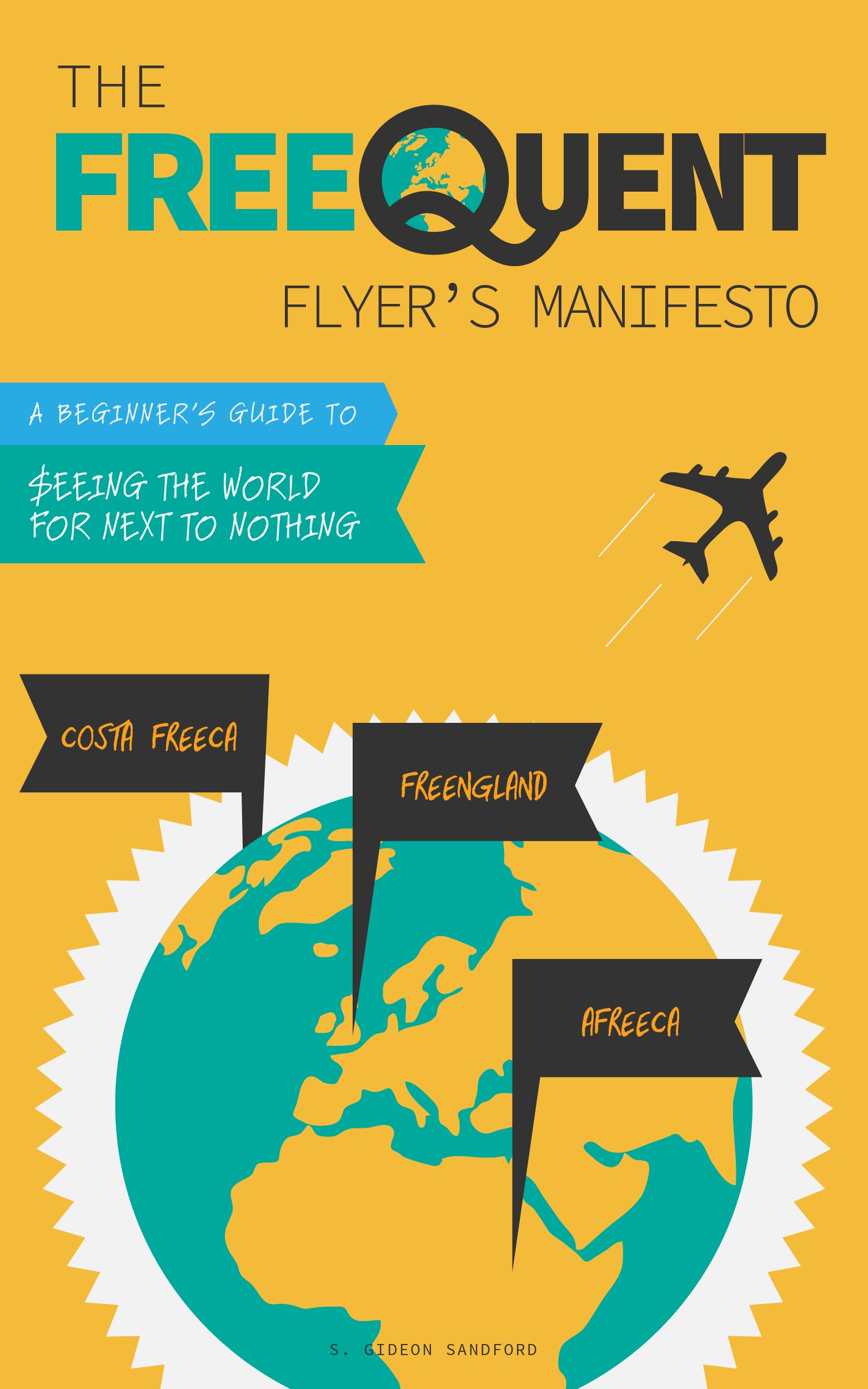How I think about the Hilton Honors reforms
/People are talking about Hilton's recent announcement that they'll be eliminating the concept of hotel award categories and charging whatever they think is fair for a free night at their properties. They're also rebranding their loyalty program to "Hilton Honors," although I assume I'll keep spelling it "HHonors" for at least 8-12 months.
Hilton HHonors then
While some bloggers made a big deal about Hilton HHonors variable pricing, there was nothing mysterious about it. Every property had a fixed price for standard room awards, and that price varied by calendar month. You could find each property's standard room award rate, by month, by going to the Hilton HHonors Standard Room Rewards Pricing Points Search Tool.
That URL now redirects to the Hilton homepage.
Hilton Honors now
Now, properties will still have standard award rates, those award rates will vary by day, month, or season, and there will be no way of knowing how much a room costs until you check the award availability for the specific dates you're interested in.
That's bad if you are in the business of slowly saving up Hilton Honors points for specific stays at specific properties on specific dates, since by the time you save up enough points, the number required might slip away from you.
Obviously no travel hacker does anything like that.
What it means for a travel hacker
The starting point for a travel hacker looking at this situation is the Wandering Aramean Hotel Hustle "Visualize" page, where you learn that across thousands of Hotel Hustle searches, the average value of a Hilton Honors point is 0.450 cents and the median value is 0.425 cents.
Like Doctor of Credit, I'm under no illusion that this change is being implemented to help Hilton Honors members get more value from their points.
But there are three ways the changes to Hilton Honors could be implemented, all of which would be in the spirit of "saving Hilton money," but that would have very different implications for travel hackers.
- The average value of a Hilton Honors point could go down. Since grocery store manufactured spend on an American Express Hilton HHonors Surpass requires that you get 0.35 cents per Honors point to break even compared to a 2.105% cash back card, reducing the average value of a Honors point below that level would reduce the value of manufacturing Hilton Honors points compared to cash back.
- The standard deviation could go down. Currently, even with Hilton Honors points worth 0.45 cents on average, it's not difficult to find more valuable redemptions that get you up closer to the 1 cent-per-point range. A more aggressive pricing scheme might tighten the band around 0.45 cents so that it's still worthwhile to manufacture Hilton Honors points, but the potential upside of saving up Honors points is much lower than what a travel hacker might expect today.
- The upside value might be capped. This is the real risk to travel hackers, and to the Hilton Honors program itself: if the program keeps low-value redemptions, and keeps the average redemption value at 0.45 cents per point, but at high-end properties, or during peak seasons, instead of simply charging more points switches to a revenue-based system anchored at 0.4 or 0.5 cents per point, then the "upside risk" of accumulating Hilton Honors points will be eliminated. Currently, you can accumulate Hilton Honors points with relatively little downside risk and the potential for significant upside if you stay at a particularly expensive property during particularly expensive dates. Putting a firm cap on that upside would mean there was little point in wasting credit card spend on any of their Citi or American Express co-branded credit cards.
Conclusion
I think it's an interesting question, although not one to spend too much time thinking about, whether Hilton HHonors points were worth too much in the past.
While it was and for now continues to be trivial to earn hundreds of thousands of points while redeeming them for outsized value at Hilton's prestige properties, that could only have ever represented a tiny percentage of overall Hilton redemptions, most of which were done safely in their comfort zone of 0.4 cents or below.
So, will Hilton reduce the average value of their points by causing mid-tier properties to cost slightly more points, or will they make top-tier properties cost vastly more points? We shall see.


